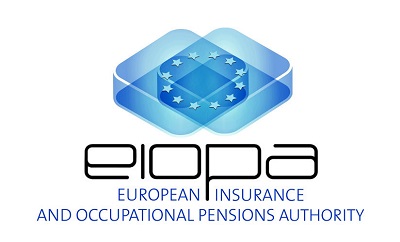According to the European Insurance and Occupational Pensions Authority (EIOPA), over the last few months the COVID-19 outbreak has further proved the importance of the Solvency II regulatory framework.
 The EIOPA argues that the framework has helped re/insurers to better align capital to risk, build-up resilience and enhance risk management practices, while the adjustments included for long-term guarantees enabled them to partially mitigate market volatility caused by COVID-19.
The EIOPA argues that the framework has helped re/insurers to better align capital to risk, build-up resilience and enhance risk management practices, while the adjustments included for long-term guarantees enabled them to partially mitigate market volatility caused by COVID-19.
The re/insurance sector had a comfortable capital buffer at year-end 2019 which helped it to withstand the initial market shocks caused by the pandemic.
However, the Authority noted that uncertainty about the magnitude of economic disruption will increase downside risks going forward and exacerbate the pre-existing challenges posed by the prolonged yield environment.
Moreover, the shock has also increased credit risk, challenging the asset side valuations of insurers and their solvency positions.
There is also a significant concern that the forthcoming recession will negatively affect corporate sector profitability, resulting in rating downgrades, increased defaults and unemployment.
Some insurers run the risk of becoming involved in lengthy and costly legal battles in relation to claims occurred as a consequence of the lock down measures, which have also heightened other risks such as cyber attacks.
In the reinsurance sector, catastrophe activity in 2019 was benign with global insured losses below the average of the last ten years and investment and underwriting profitability remained broadly unchanged, but EIOPA expects considerable pressure on the market due to the COVID-19 shock.
“There is no doubt that the economy will experience a deep and unprecedented recession,” said Gabriel Bernardino, Chairman of EIOPA.
“The high uncertainty on the recovery path needs to be captured by an appropriate forward-looking risk assessment. In this respect, different recovery scenarios should be captured in the design of next year’s European Union-wide insurance stress test.”


